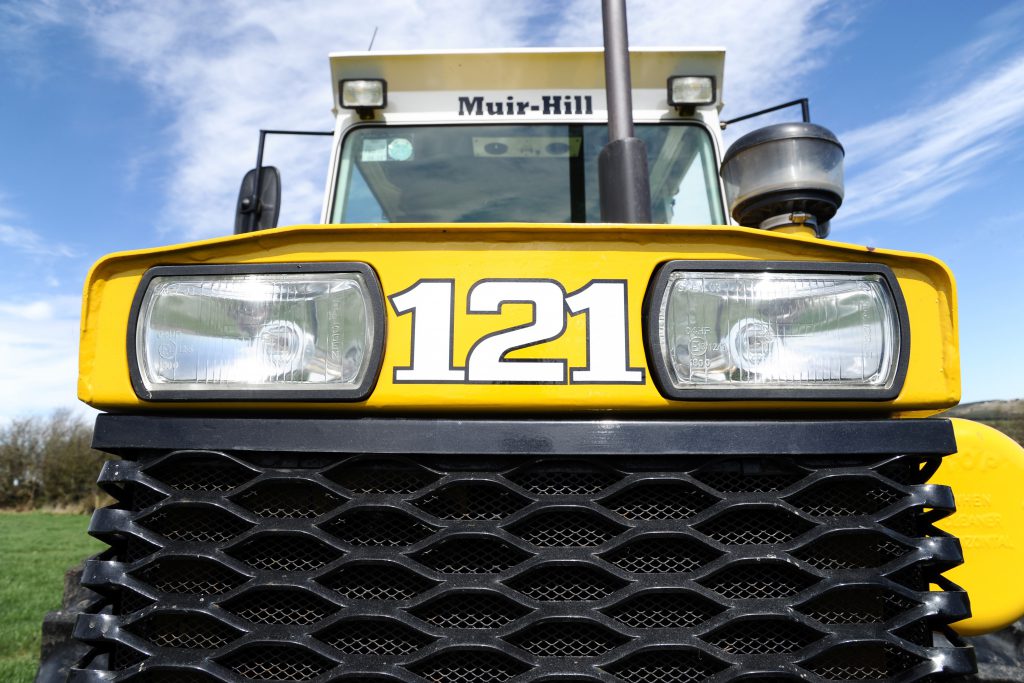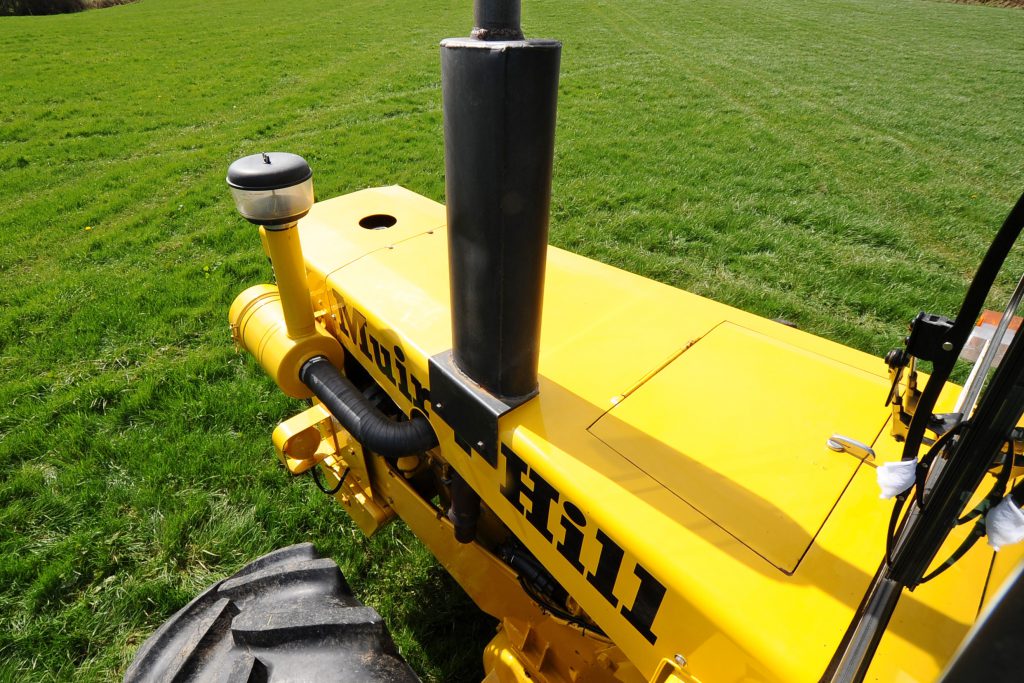Ford and Fordson tractors were very often the basis for conversions by engineering firms that felt they could add something to the basic models produced by the company.
Fordson and later Ford were perfectly content to allow others to adapt their products for niche markets, as to do it themselves would only interfere with the well-proven practice of standardised mass production.
Two of the most well-known firms who took the Ford tractor and made something more of it were County and Muir-Hill.
County aimed its product squarely at the agricultural market, while Muir-Hill took the path of creating a dual-purpose machine – equally at home in the field or on civil engineering projects in, say, a quarry.
Muir-Hill’s philosophy of creating one machine to do two jobs would, on the surface, appear to be a sensible way forward. Not only would it increase sales potential but it also gave the company a lead into the agricultural market, for it was predominantly construction-orientated up until that time.
Muir-Hill was founded in 1901 but did not get involved in building or adapting machinery until the early 1920s. The first conversions of Fordson contraptions were railway locomotives, which consisted of a tractor skid-unit powering the drive-wheels of the chassis via a chain from the rear axle.
In 1931 the company was purchased by Edward Boydell and the name changed to E Boydell and Co, although the expanding range of loaders and dumpers was still sold under the Muir-Hill banner.
The MH 101 was the first tractor off its own drawing board. It was, however, still based on a Ford skid-unit, although there was one major difference between Muir-Hills and the other Ford conversion we are now familiar with.
The feature that distinguished them was that the engine was set higher than the transmission and the two were connected by a ‘drop-box’, which transferred power to both the rear transmission and front axle.
The advantage of this arrangement was that the front prop-shaft could be mounted centrally and, therefore, not interfere with the steering lock of the large front wheels – greatly improving manoeuvrability (especially important in the construction sector).
Another bonus was that the weight of the engine would bear down directly on the front axle, helping to provide the ideal 60:40 weight distribution between the front and rear axles (without a huge amount of extra weight needing to be carried).
Ford engines were not used exclusively; Perkins motors were also fitted to certain models. That made these tractors far more attractive in markets where Ford did not enjoy the service back-up that Perkins did.
Muir-Hill tractors were based on tried-and-tested components and the company had an excellent engineering pedigree. It’s little surprise then that many examples survive and are still being used as working tractors on farms today.
It is their outstanding traction and simplicity that are the major attractions for modern-day users – one of which is Tom Murphy of Brosna, Co. Kerry.
Tom purchased his tractor – an MH 121 – in 2016 from a collector in Co. Down, who had restored it to its present fine condition.
It had originally come from a dealer in the UK and its history previous to this is, sadly, unknown.
During and after its period of restoration the owner had used it only for shows, charity runs and the occasional ploughing match, so it had suffered only light work since its retirement from full-time farming.
Tom, however, has been putting that right. When visited by AgriLand it had just been cleaned up after a bout of slurry spreading on the family beef farm.
This is not a five-minute job. Tom explained: “It’s a big tractor and you’d be surprised where muck collects and how much there is of it.” Yet, no trace remained for the camera to spot.
Besides slurry-spreading duties, he has used it to draw bales and for powering a 10ft mower.
There is no respite planned for this season either, with the same tasks lying ahead as the silage season draws near.
The cab is roomy with excellent visibility. Tom certainly appreciates the flat floor – another feature made possible by the drop-box design.
Servicing is made easy by the high cab that sits well above the transmission; everything is easily accessible. Even the steps fold up out of the way, leaving plenty of room to get in underneath.
Muir-Hill stopped making tractors in 1983; leaving this 1980 model as one of the later types. The air-conditioning and tinted windows confirm its era of production.
It is powered by a 120hp (six-cylinder) Ford 2715E industrial engine – also familiar to owners of the Ford 8100 (where it produced 5hp less).
The use of this engine does, once more, emphasise the point that Muir-Hills were different compared to other Ford conversions, which tended to adapt an existing engine/transmission pairing.
However, we needn’t delve under the bonnet to appreciate that a good deal of independent thought had gone into creating these tractors.
The towering presence and unique cab, with those sliding doors, tells us from a long way off that these are something special. Tom is to be applauded for keeping his in such fine fettle, while still in regular use on the farm.













